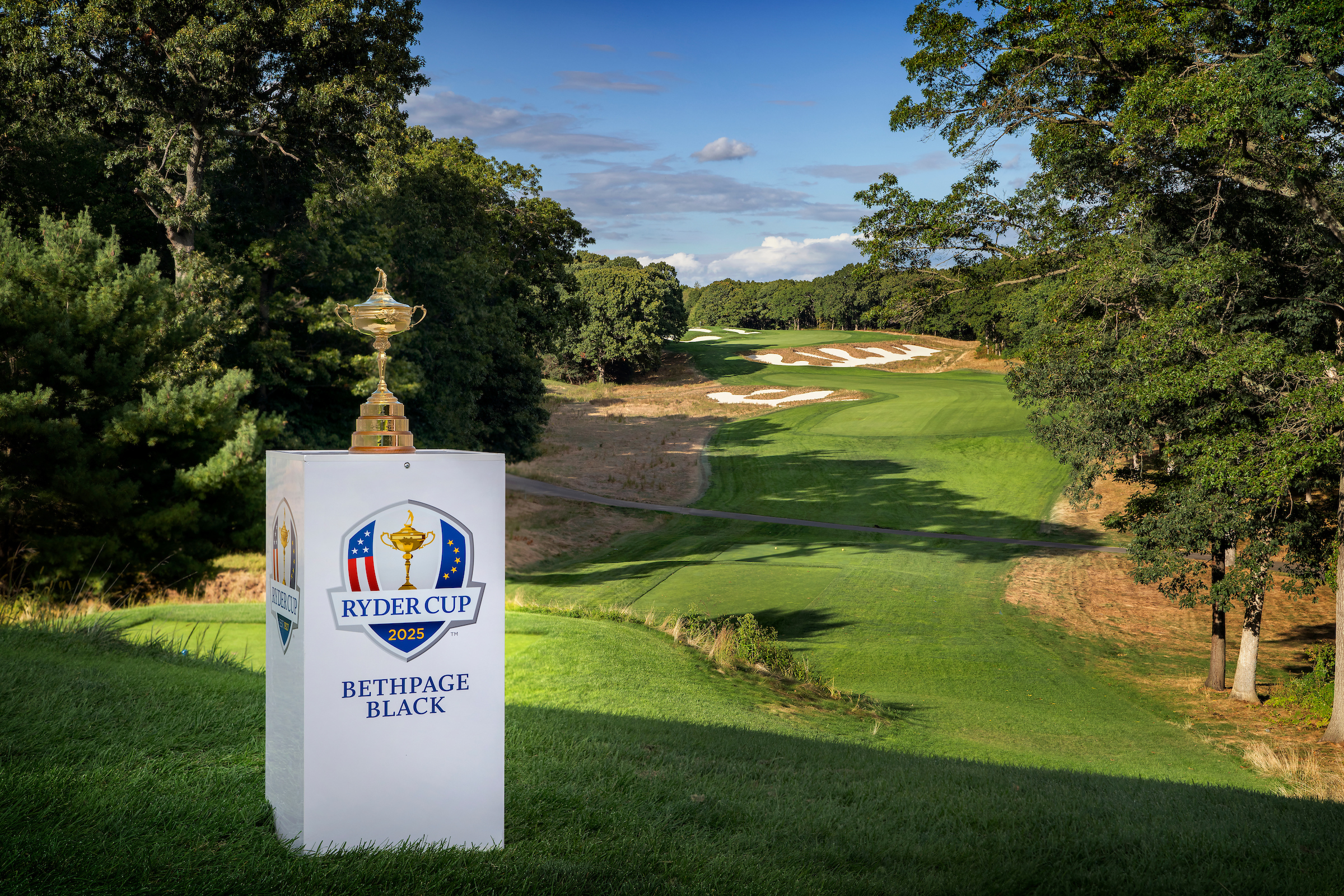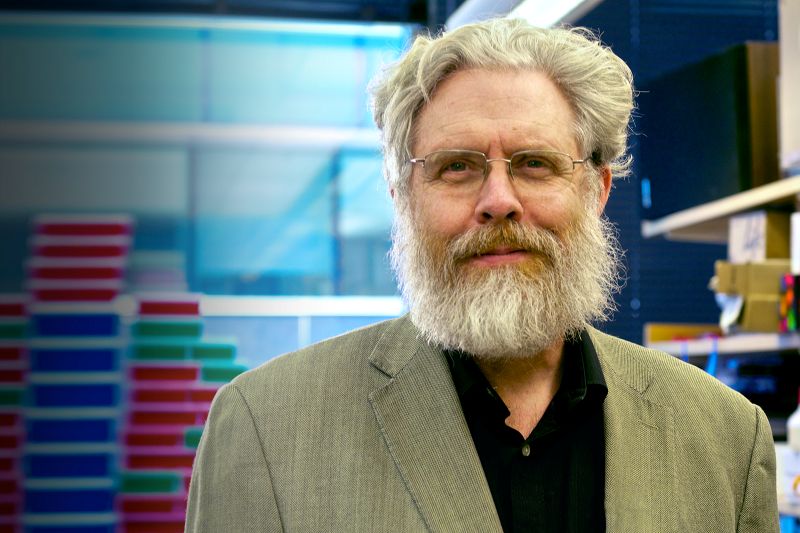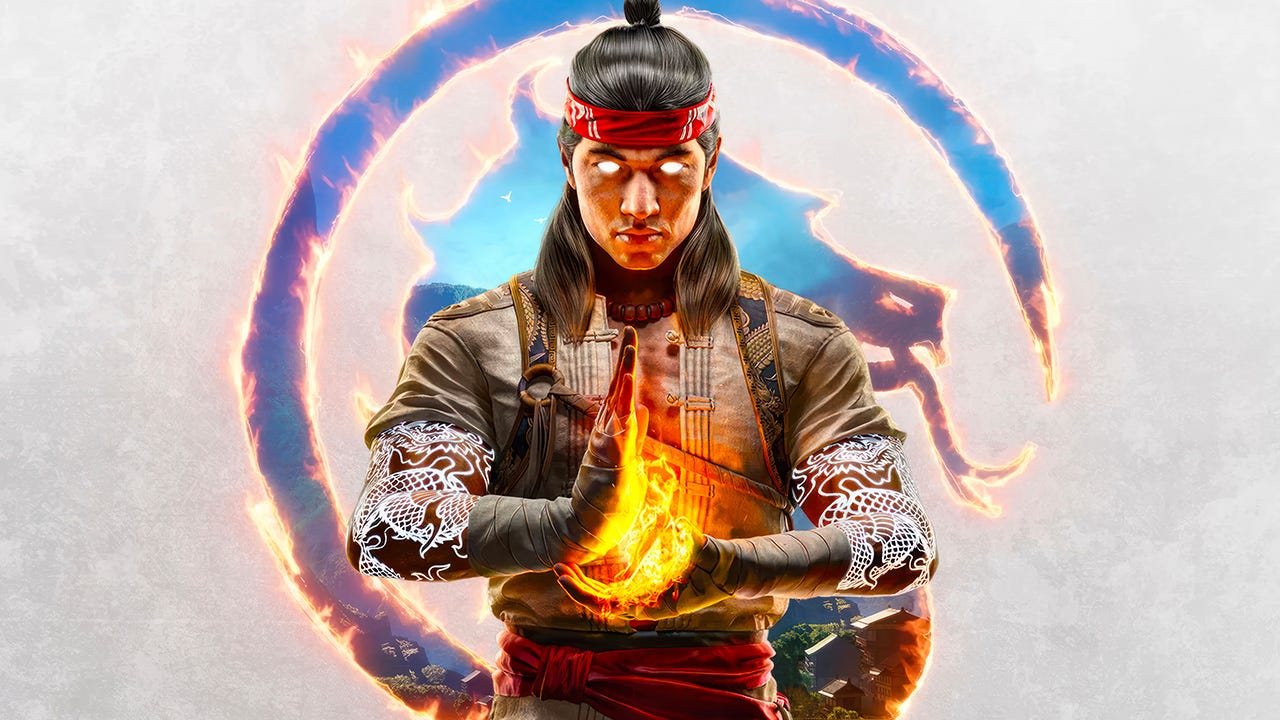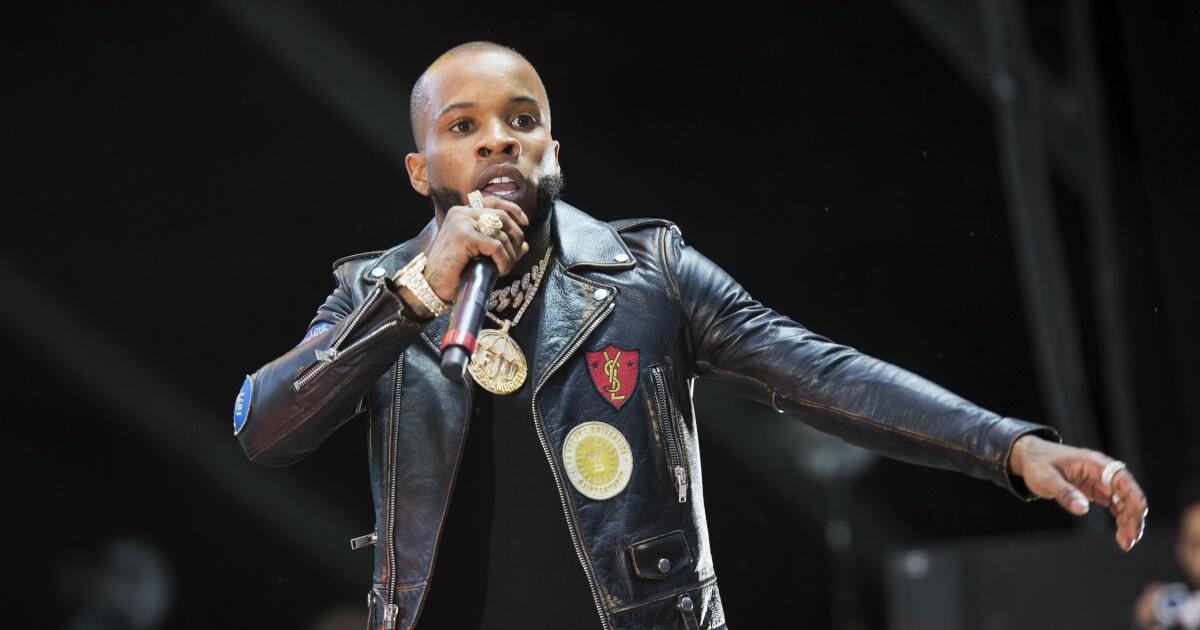Imagine being 25, fresh out of post-secondary education and full of optimism about starting your career, and then you hear the words: “You have cancer.”
You are suddenly faced with an unexpected health shock that not only threatens your physical health, but also your financial future. Most of your time is now spent feeling unwell and travelling to and from the hospital for treatment, while your friends and colleagues continue to build their careers.
This is the reality for nearly 1.2 million adolescents and young adults diagnosed with cancer each year worldwide, a number that is projected to rise. Just over 9,000 Canadian adolescents and young adults are diagnosed with cancer annually, and 85 per cent of them will survive their illness.
And while survival is the primary goal, many don’t realize that it comes with a hidden price that extends far beyond immediate medical costs.
It is estimated that the average Canadian affected by cancer faces $33,000 in lifetime costs related to their illness, totalling $7.5 billion each year for patients and their families.
But we have recently discovered the true economic impact on adolescents and young adults with cancer is often far greater than the previous numbers show and lasts much longer than previously recognized.
The financial penalty of survival
We compared 93,325 Canadian adolescents and young adults diagnosed with cancer and 765,240 similar individuals who did not experience cancer, and found that surviving cancer leads to long-term reduced income, which may last a lifetime.
On average, a cancer diagnosis results in a greater than five per cent reduction in earnings over a 10-year period after diagnosis.
As expected, income loss is more pronounced right after diagnosis, with survivors earning 10 to 15 per cent less in the first five years.
Reprinted from the Journal of Clinical Oncology, Di Giuseppe et al, https://doi.org/10.1200/JCO-24-02121. © 2025 Wolters Kluwer Health, Inc. Used with permission, Author provided (no reuse)
However, these hidden survival costs are not the same for everyone, and the financial toll varies greatly depending on the type of cancer. For instance, survivors of brain cancer see their average annual income drop by more than 25 per cent. This is a devastating financial burden — and one that endures.
The true lifetime effects are unknown, but it is not difficult to imagine how a financial setback like this can completely derail a young person’s financial future.
Why cancer costs young survivors more
Adolescents and young adults who are survivors of cancer experience “financial toxicity,” which refers to the direct costs of cancer, such as treatment or medication costs, and indirect costs like reduced work ability, extended sick leave and job loss.
Over one-third of young cancer patients report financial toxicity.
Many cancer survivors experience lasting adverse physical and cognitive effects that limit everyday functioning.
Even in the Canadian universal health-care system, which does not require payment for cancer treatment, many younger Canadians are unable to work and need to rely on family members for financial support.
The impact on work capacity is significant for adolescents and young adults who are just beginning their careers, causing them to miss critical years of career development during treatment and recovery that can have cascading economic effects.
These challenges can ultimately lead to financial instability and hardship.

(Unsplash/Saulo Mohana)
Paying the price
Beyond the individual hardships, the issue of financial instability among young cancer survivors is becoming a broader societal challenge.
In 2025, young Canadian cancer survivors are entering an economy with an unfavourable job market and rising youth unemployment, as well as a widening gap between wages and housing affordability.
Rising inflation and general unaffordability are also compounding financial difficulties young Canadian cancer survivors face, ultimately making financial recovery more challenging.
Income is a fundamental social determinant of health, and financial inequities can perpetuate health disparities in cancer survivors after treatment.
Patients are forced into making devastating financial choices like depleting their savings and incurring debt.
Policy
A Canadian Cancer Society 2024 report highlights the urgency for support systems to address financial well-being after cancer.
Based on our research, which assesses the financial life of adolescent and young adult survivors of cancer, we have some recommendations for Canadian policymakers, businesses and primary care providers.
Policymakers should:
- Make employment insurance benefits that better support survivors post-treatment.
- Provide tax credits for groups of cancer survivors disproportionately affected by financial toxicity, such as those with brain cancer.
Primary care providers should:
- Incorporate financial navigation counselling into their cancer care.
- Provide resources for navigating insurance and financial assistance programs.
- Routinely screen for financial toxicity as part of survivorship care.
Employers should:
Young cancer survivors have already faced one of life’s most difficult challenges. They shouldn’t have to struggle with financial insecurity.
By recognizing that survivorship starts at cancer diagnosis, we must broaden the conversation about cancer care beyond the clinical to the economic.








